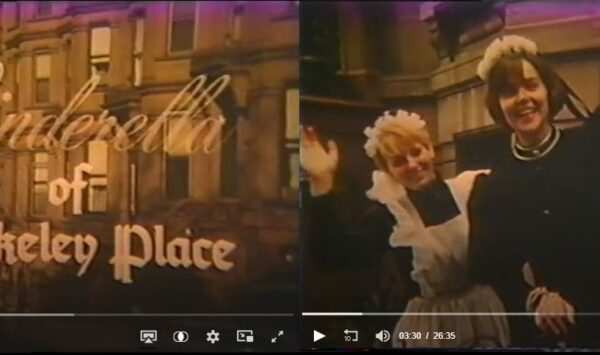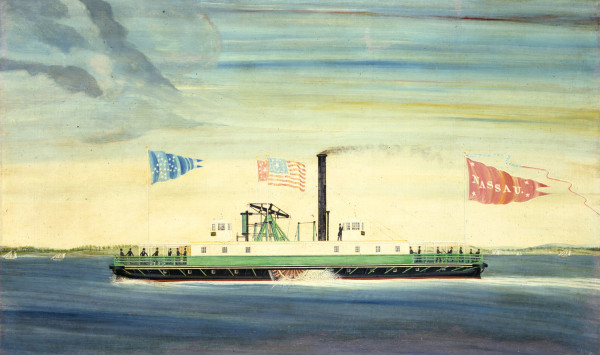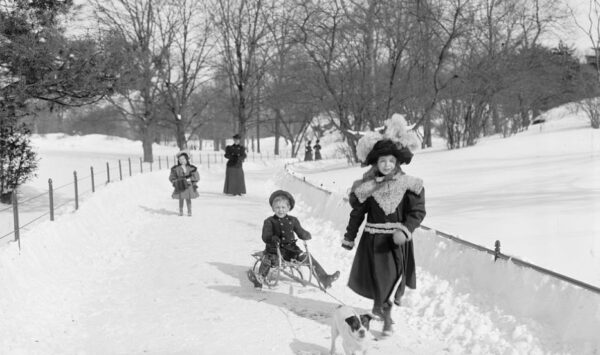“CINDERELLA OF BERKELEY PLACE” (1971)

******************************************************************************************************************************** Brownstone Detectives investigates the history of our clients’ homes. The story you are about to read was composed from research conducted in the course of one of those investigations. Do you know the history of YOUR house? ******************************************************************************************************************************** It showed how a brownstone, nicknamed “Cinderella,” in the slums of Park Slope, was about to go through a full-scale renovation. To be sure, the brownstone, No. 211 Berkeley Place, was in truly rough shape – but it had “good bones;” clearly, however, it was the worst house in the best bad neighborhood – and it needed a LOT of work. The brownstone was not being renovated by a couple of young brownstoners, however; it was purchased for renovation by the Brooklyn Union Gas Company, at the behest of local activists. The plan was to show the ease with which brownstones could be renovated with few resources and not a lot of money, allowing owners to live in their own grand brownstones in America’s first suburb. THE ACTIVISTS Everett H. and Evelyn G. Ortner galvanized the historic preservation movement in Brooklyn. In 1963, after living in Brooklyn Heights for the first decade of their marriage, the couple purchased an 1882 four-story brownstone at No. 272 Berkeley Place in the Park Slope neighborhood of Brooklyn. This would be the catalyst for their involvement in the “Brownstone Revival” movement. The Ortners soon became active in a variety of community organizations. They lobbied local banks to provide mortgages to prospective Park Slope home-buyers at […]
BROOKLYN’S FIRST GENTRIFIER (1814)

******************************************************************************************************************************** Brownstone Detectives investigates the history of our clients’ homes. The story you are about to read was composed from research conducted in the course of one of those investigations. Do you know the history of YOUR house? ******************************************************************************************************************************** It was the evolution and availability of transportation which initiated this whole Brooklyn gentrification hubub. But it started earlier than most people realize – in 1814. HOW A FERRY RIDE HELPED MAKE BROOKLYN THE ORIGINAL SUBURB A 2014 New York Times article laid out the story of how Manhattanites began their adventures in outer borough living – specifically, Brooklyn – when they started looking for cheaper digs and some lebensraum, or “elbow room,” in 1814. Regular ferry service, from Manhattan to Fulton Street in Brooklyn, started in that year when the twin-hulled Nassau, of the Fulton and South Ferry Company, carried “549 passengers, one wagon and three horses” to the borough. AMERICA’S FIRST COMMUTER Was Brooklyn where it all began? The New York Times article noted that the first man to board that ferry on 10 May of 1814 could “justly be called America’s first commuter.” Whether this claim is justifiable or not, another claim might be “justly” made: The ferry service which began on that day could arguably have kick-started the birth of gentrification. Throughout the century, as workers on Manhattan sought and found affordable housing in Brooklyn, farmers were pushed from the land. Like many selling their brownstones in Brooklyn today, though, they made tidy profits in the exchange, […]
THE GENTRIFICATION OF SARATOGA PARK (1896)

******************************************************************************************************************************** Brownstone Detectives investigates the history of our clients’ homes. The story you are about to read was composed from research conducted in the course of one of those investigations. Do you know the history of YOUR house? ******************************************************************************************************************************** Around the mid-1890s, the public in the Eastern District of Brooklyn – in what would come to be known as the Stuyvesant Heights section of Bedford-Stuyvesant – began clamoring for a space for a local park. There were three things driving this support: 1) the extension of the Brooklyn street grid system, along with 2) failing attempts by local governments in keeping pace with the growing population in the 25th Ward, and partly due to 3) the success and popularity of Central Park in Manhattan and Prospect Park in Brooklyn. As a result, the City’s aldermen, sensing the growing aspiration for “breathing space” in the locality, went looking around for an adequate stretch of land to acquire for a park – something that would suit the local residents. After a thorough exploration within the ward, the City’s elders settled upon a square little more than 3 acres in size, bounded by Halsey and Macon streets, and Howard and Saratoga avenues. Other than the fact that it was in a very desirable location, it was really the only choice they had – it was the single available piece of undeveloped land in the district of its size. O! And then there was the price… JAMES CLINTON BROWER ENTERS THE SCENE This singular […]